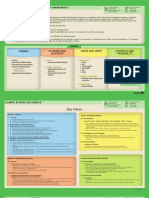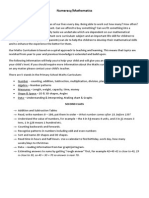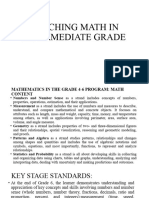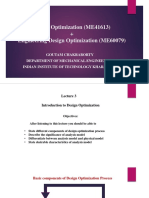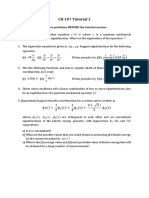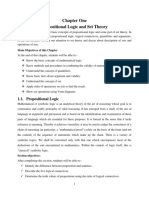0% found this document useful (0 votes)
85 views3 pagesCheat Sheet Basis For Emm
This document provides an overview of the key mathematical concepts taught in each strand of the primary school curriculum. It outlines the progression of topics from early stage 1 through to stage 2, such as introducing whole numbers, addition, subtraction and patterns in stage 1. It emphasizes developing number sense and algebraic thinking. Fractions are best learned through concrete models over time. Measurement involves identifying attributes, comparing using standard and non-standard units. Statistics and probability help children understand variation and chance. Geometry involves spatial skills and constructing images.
Uploaded by
Meags DavisCopyright
© © All Rights Reserved
We take content rights seriously. If you suspect this is your content, claim it here.
Available Formats
Download as PDF, TXT or read online on Scribd
0% found this document useful (0 votes)
85 views3 pagesCheat Sheet Basis For Emm
This document provides an overview of the key mathematical concepts taught in each strand of the primary school curriculum. It outlines the progression of topics from early stage 1 through to stage 2, such as introducing whole numbers, addition, subtraction and patterns in stage 1. It emphasizes developing number sense and algebraic thinking. Fractions are best learned through concrete models over time. Measurement involves identifying attributes, comparing using standard and non-standard units. Statistics and probability help children understand variation and chance. Geometry involves spatial skills and constructing images.
Uploaded by
Meags DavisCopyright
© © All Rights Reserved
We take content rights seriously. If you suspect this is your content, claim it here.
Available Formats
Download as PDF, TXT or read online on Scribd
/ 3

